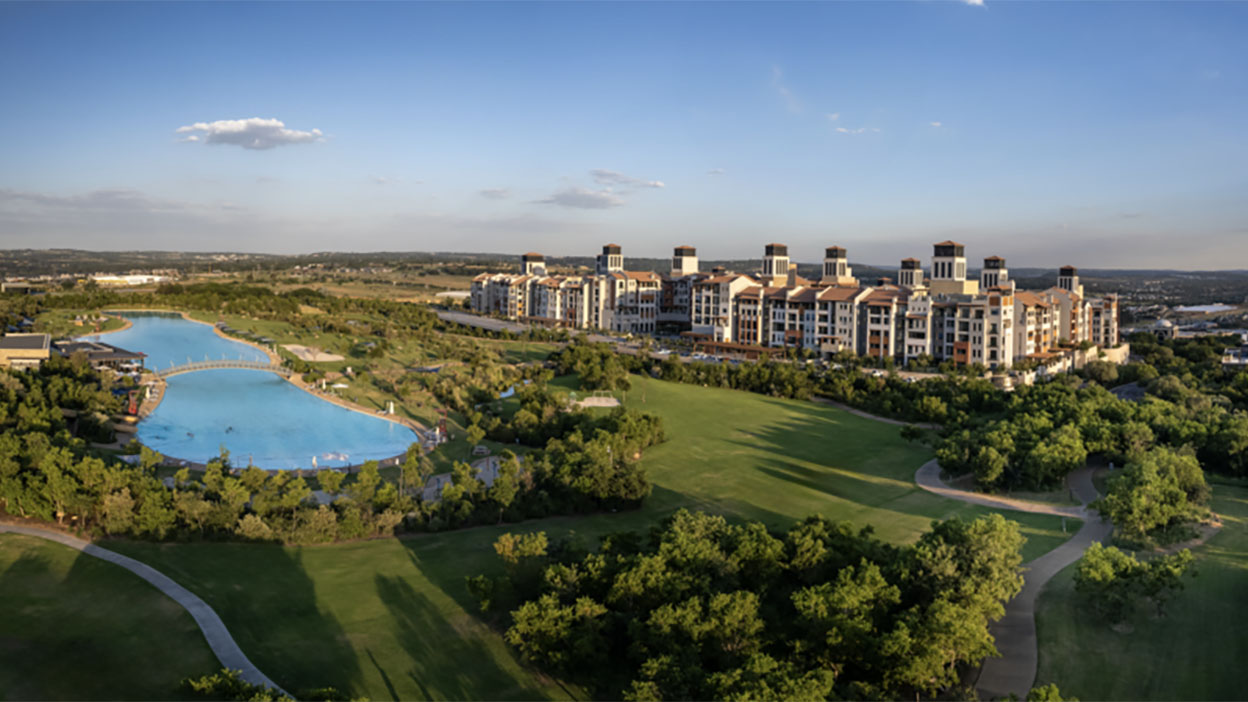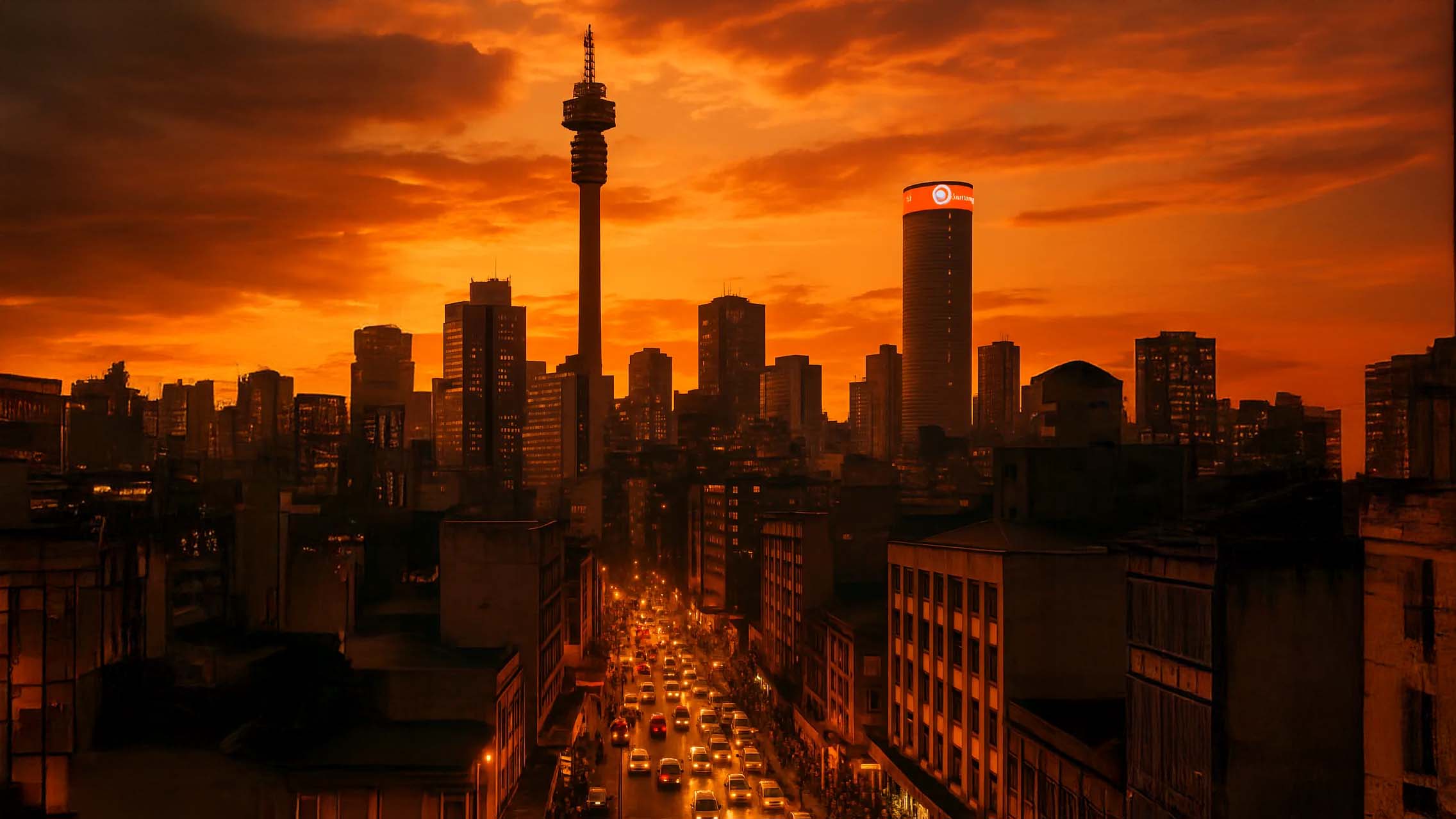I live in an apartment in a community called Steyn City, in the northern part of Johannesburg. The estate stretches over a vast area with lakes, golf courses, and green trails where people jog and cycle every morning. It feels like a different world—peaceful, orderly, and far removed from the chaos often associated with African megacities.

Here, life continues even when South Africa’s public utilities falter. Each home and facility is equipped with its own power generator and large water tanks, ensuring uninterrupted electricity and water supply. Internet connections are fast and stable, and the entire estate functions almost as a self-sufficient city with its own infrastructure and services.
Yet, once you drive out of the gate, reality changes. Potholes, broken traffic lights, and young people asking for work at intersections remind me that Steyn City exists as an island of privilege within a country still grappling with inequality. It’s both a glimpse of the future and a reflection of the divide that South Africa must still overcome.
Even so, there’s an undeniable sense of forward momentum here. The rand has shown modest recovery, inflation has stabilized, and the government has begun investing again in renewable energy and infrastructure. Support from the World Bank is funding modernization of ports, railways, and power grids. These efforts, though gradual, suggest a country trying to rebuild its foundations.

When I speak with the gardeners and cleaning staff, they often tell me, “It’s good here—safe and steady.” Their words carry quiet optimism. For them, Steyn City isn’t just a workplace; it represents what South Africa could one day become—a place where stability and opportunity coexist.
Standing by the lagoon at dawn, I can feel both the promise and the fragility of this nation. Between hope and hardship, progress and uncertainty, South Africa continues to move forward. Living here is a reminder that even within the boundaries of comfort, one can see an entire country striving toward its better self.
